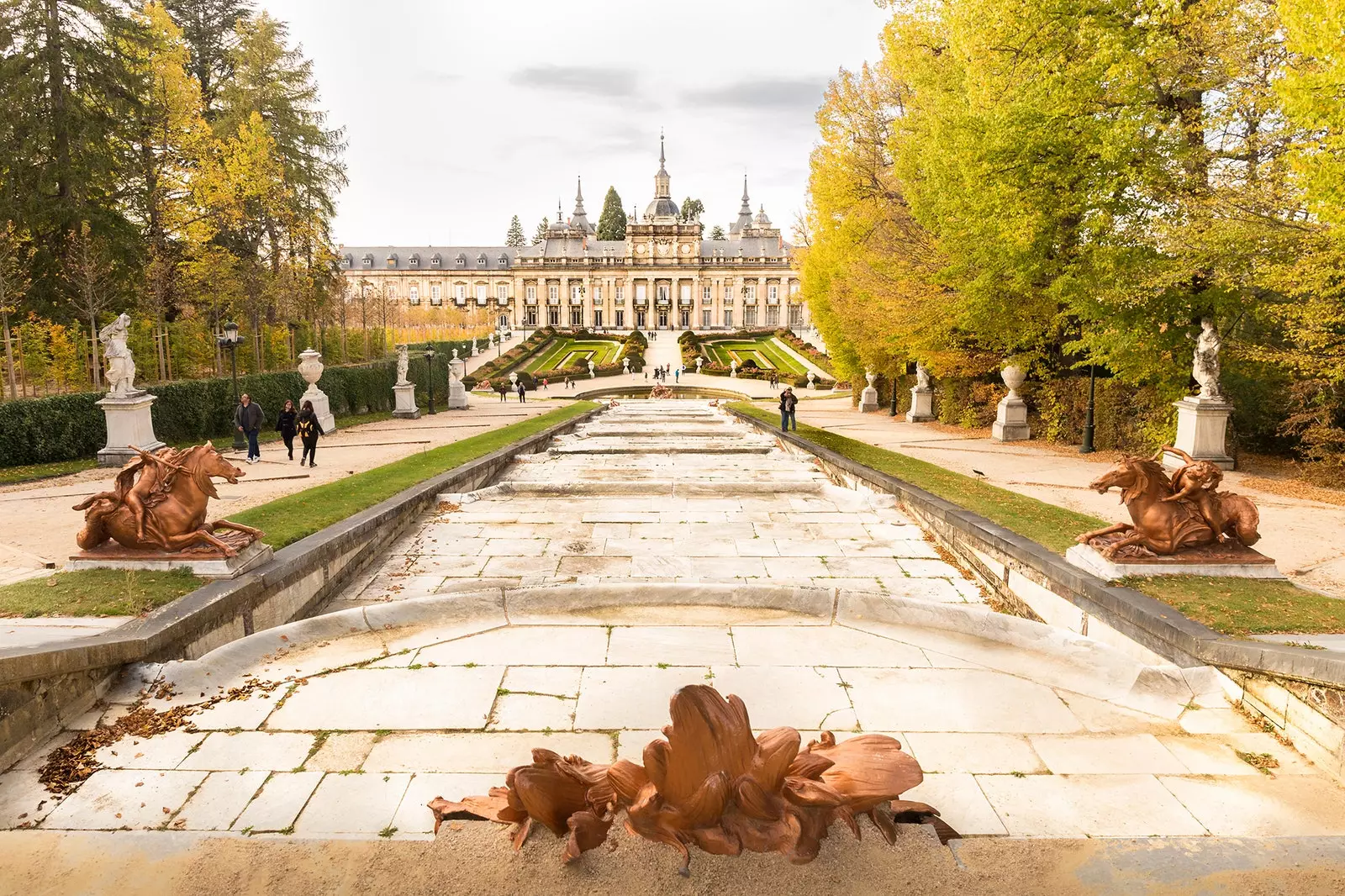
The Farm of San Ildefonso
A HERMITAGE OF THE ORDER OF MALTA
It is too normal not to repair before the Vera Cruz , a curious church located on the outskirts of Segovia capital.
In this enclave of valley of the Eresma it is more logical to dedicate a story to the imposing Alcázar or surrender to devotion in the Sanctuary of Our Lady of Fuencisla . However, a little further up, on the way to Zamarramala is this curious construction that draws attention for several reasons.
First for having a unusual dodecagonal plan , unique in Spain for a religious building. Second, for having an origin yet to be clarified, no matter how much it has always been attributed to the Templars. And third, for belonging to the order of maltese and act as a kind of hall of fame informative of this religious club that, in the eyes of the most agnostic, gives a little objection.
Be that as it may, getting lost in its nooks and crannies , its historical inscriptions and its curious rooms is in itself an incentive even for those who have a master's degree in religious architecture.
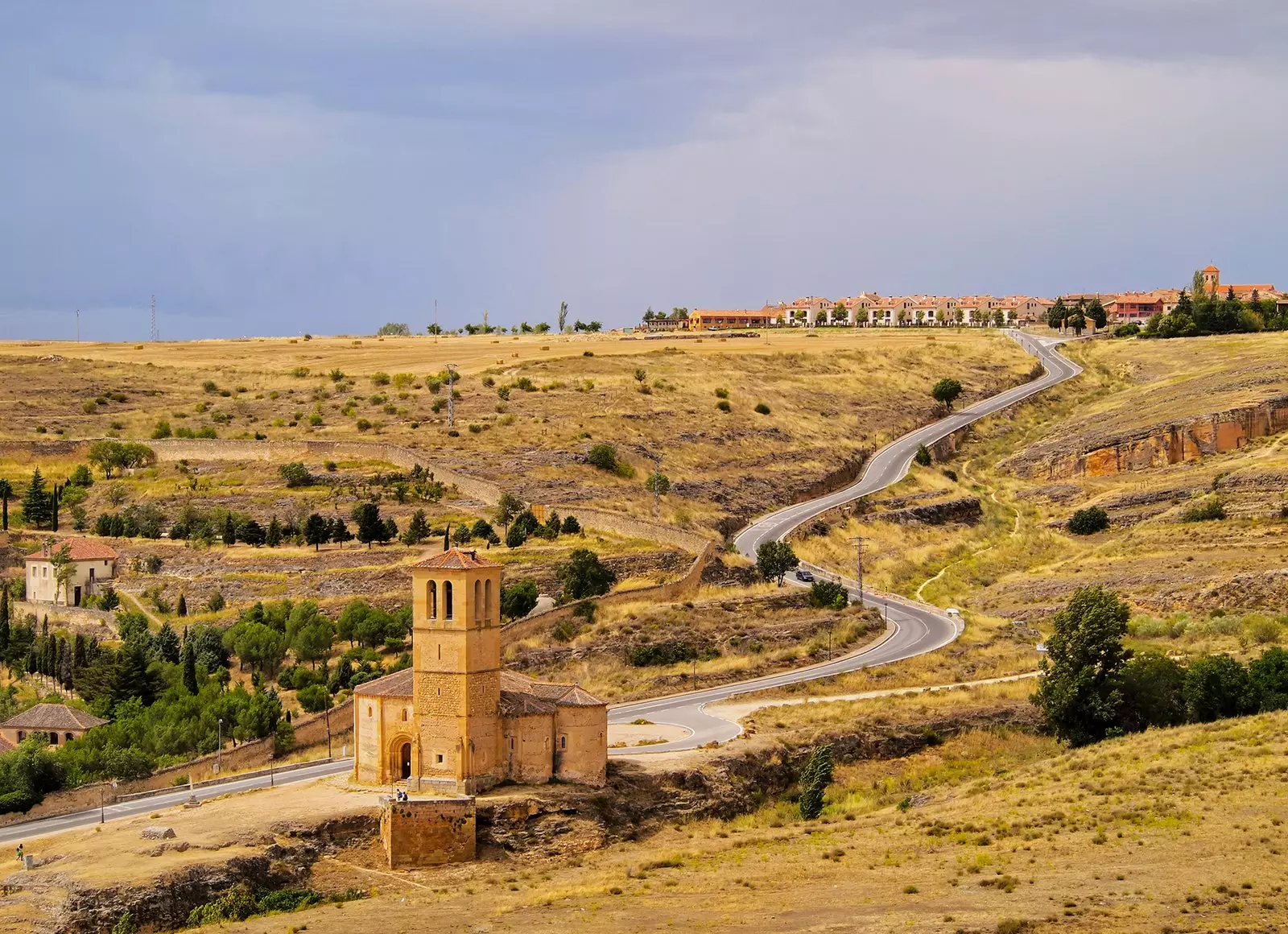
Vera Cruz, the hermitage of the Order of Malta in Segovia
A MUDEJAR CASTLE
This style, which adapts the best of Andalusian art and adapts it to Christian needs, is not very strong. Basically because brick, its fetish material due to price and malleability, is not the panacea for resistance. However, outside of the royal town of Coca it's found one of the most photogenic castles in all of Europe.
The first thing that catches your eye is russet . Later, the strange thing is its location since it does not govern a hill but rather takes advantage of the embankments generated by the meander of the voltoya river.
And finally, all the filigree, curious arches and decorative details that the baked clay allows, casting doubt on the true intention of a fortress that, like many others, ended up being more of a palace than anything else. A wonderful lack of definition that makes it even more special.
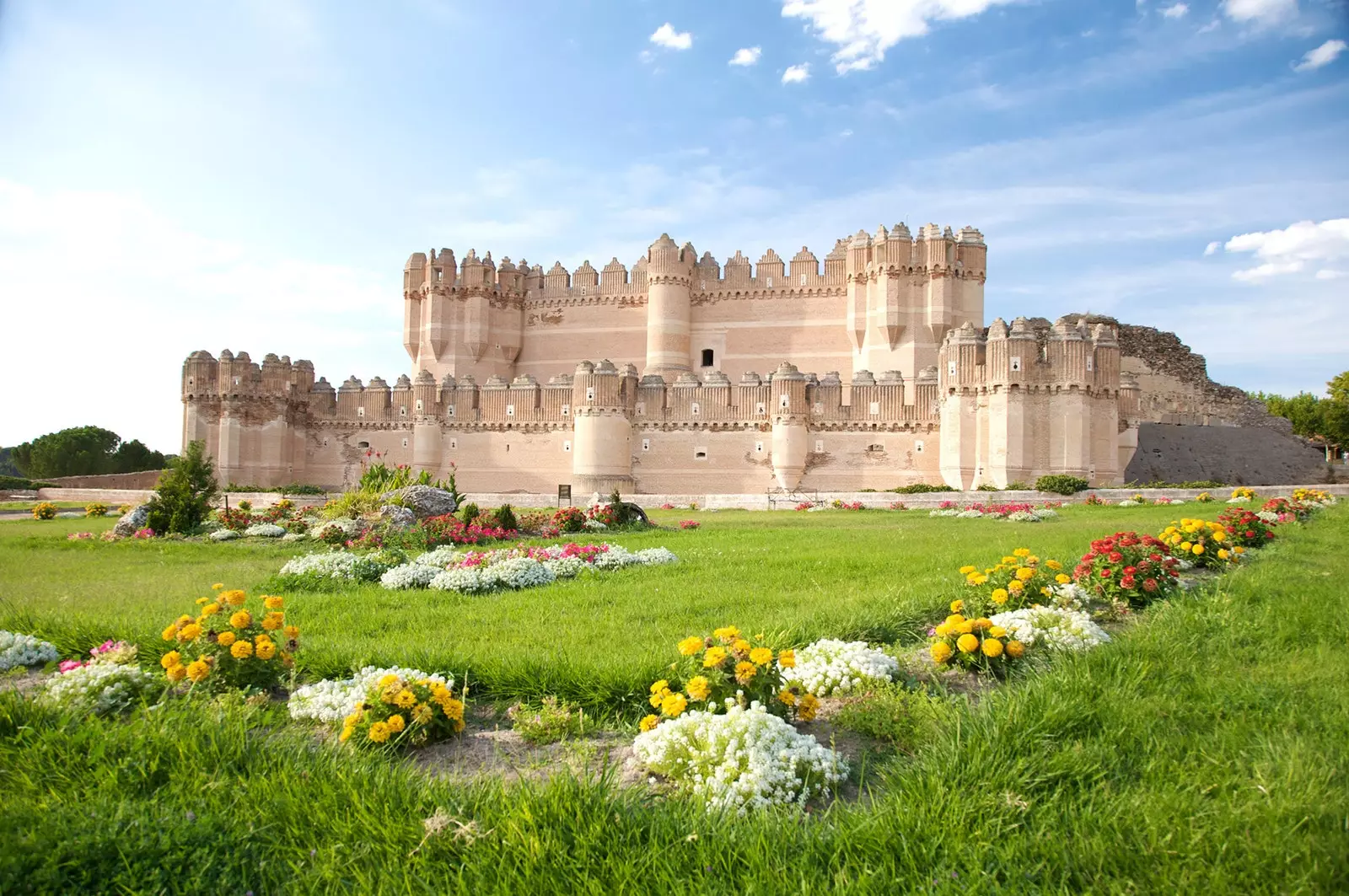
Coca Castle in Segovia
THE GARDENS WITH MORE FOUNTAINS THAN VERSAILLES
It was the Bourbons coming to power and Frenchizing everything, from centralism to aesthetic tastes. That's why when Felipe V fell in love with this place in Valsaín he wanted to imitate great French palace where he had spent his childhood . Although with the Palace of La Granja de San Ildefonso he did not manage to imitate its opulence or the dimensions of the rooms, he did manage to snatch a record: the number of ornamental fountains, which here add up to 26.
The main reason for this milestone is the inclination of these gardens, that little by little go up the slope of the mountain, achieving that with a large tank in the upper part, all these sculptures are supplied with water.
In this way, the great problem of its French twin, the lack of pressure, is saved and, incidentally, it creates one of the shows that you have to enjoy in Spain once in your life. And that is none other than see all the sources in full swing, something that only happens three days a year: May 30, July 25 and August 25.
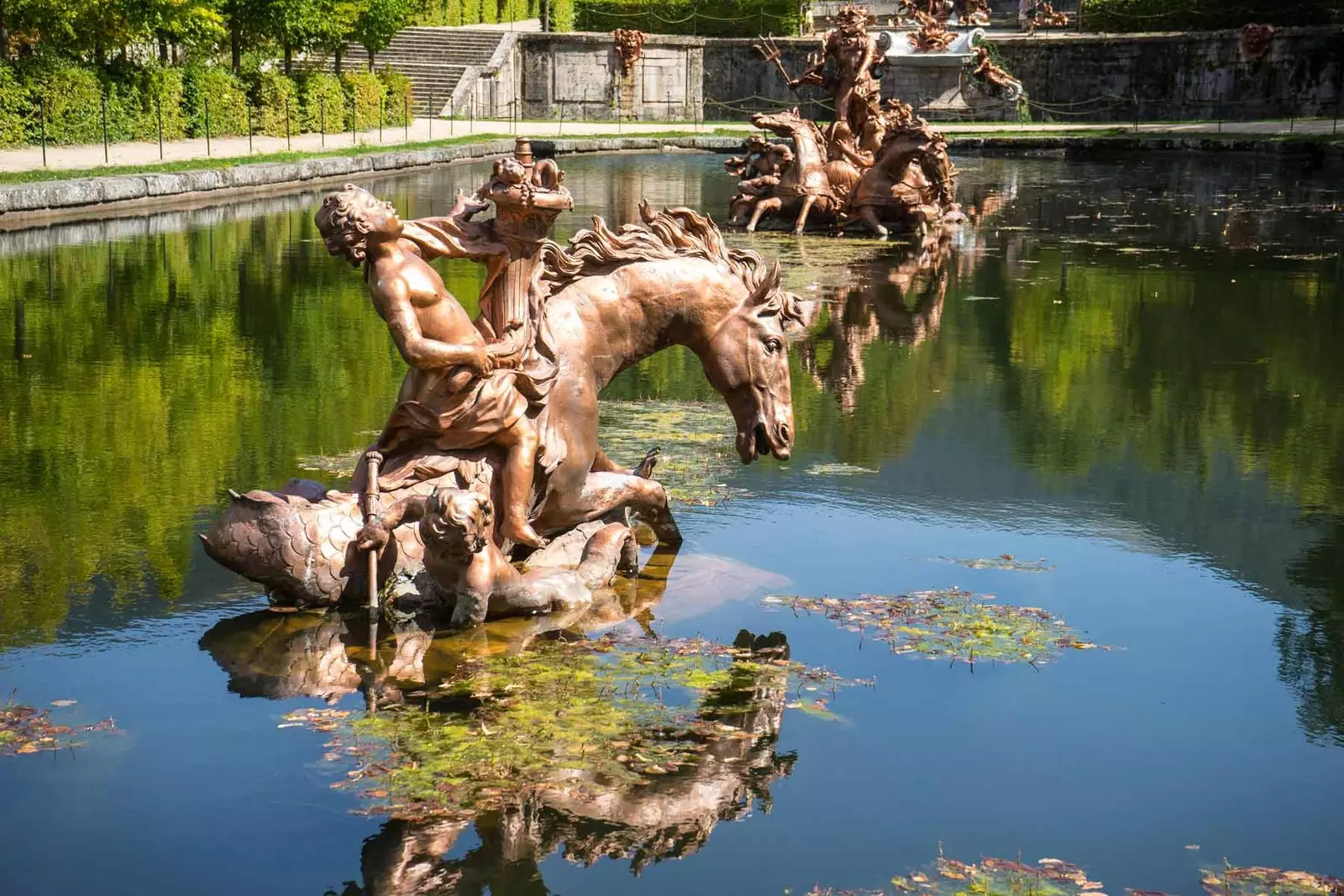
One of the bronze statues that make up the fountains of the Palace of La Granja de San Ildefonso
A PALACE TO GET RID OF THE QUEEN MOTHER
Isabel de Farnesio, wife of Felipe V, had such a reputation for meddling that when her husband died, her stepson Felipe VI ordered the construction of a palace in Cold river , 11 kilometers from The Farm of San Ildefonso (practically seat of government,) to keep the radar off her.
The play did not last long for the then king that he would end up dying before the works were finished of a royal headquarters that never became quite so.
That is why this monumental complex is a want and I can not that it is halfway between a country house and a palace in conditions. However, it is worth going to their domains to enjoy the fallow deer that live in their preserve and to never get tired of the style of the Italians (this building is the work of Virgilio Rabaglio) to build monumental mansions.
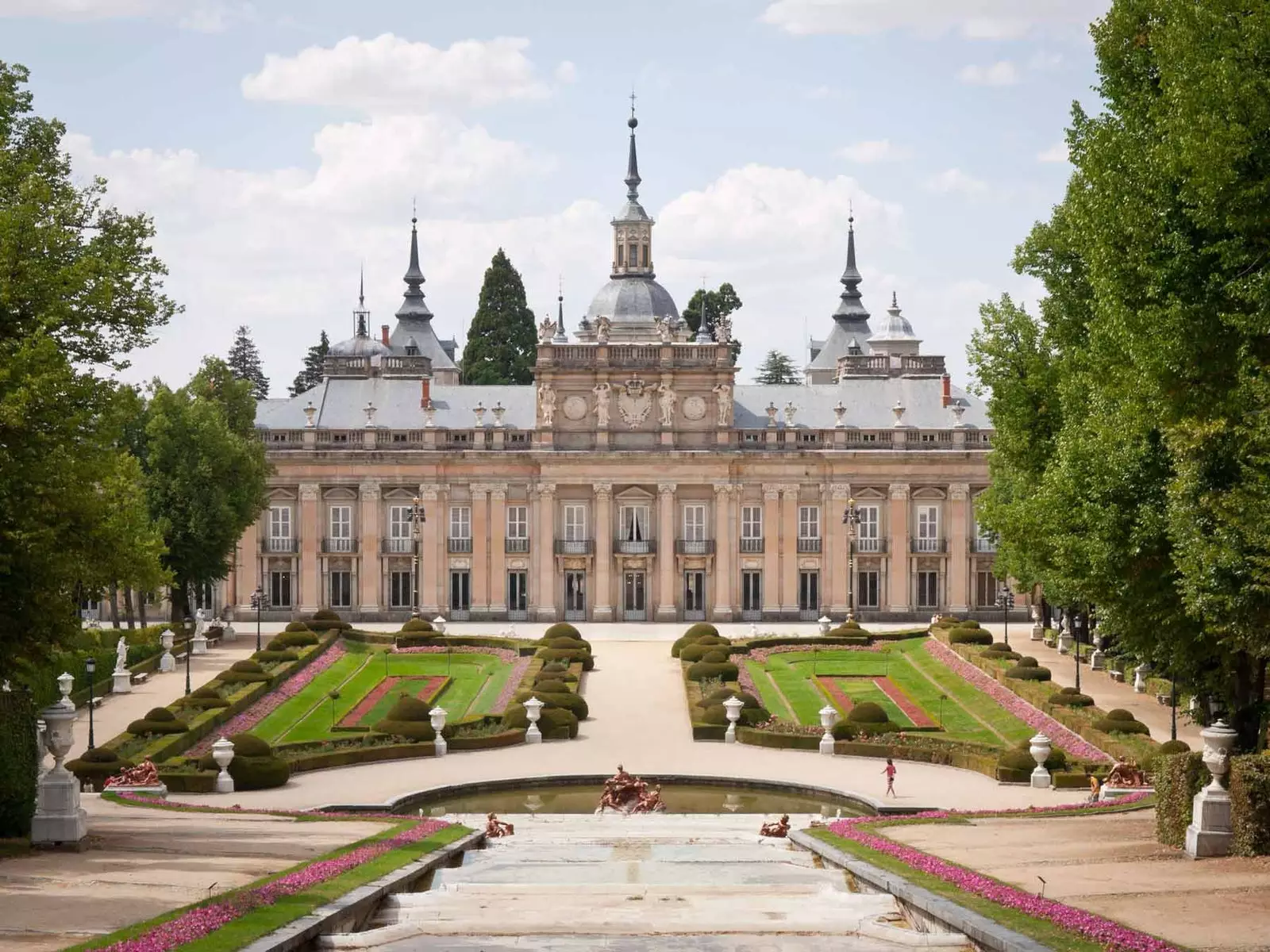
Three times a year the fountains of the Palace are lit at the same time: May 30, July 25 and August 25
A DEAD WOMAN ON THE MOUNTAIN
It looks like the headline of a chronicle of events and, nevertheless, it is a curious geological formation by which the succession of the peaks of La Pinajera, Peña del Oso and Pico del Pasapán draw the body of a deceased young woman seen from the Segovian plain.
It is true that the resemblance is amazing and that it does not require much imagination to verify it visually. The less literal part comes with the legends that surround this curiosity and that vary from the story of a rejected woman to that of a mother who offered herself as a sacrifice to avoid conflict between two of her children or that of a maiden who died trying to separate her suitors.
THE CONVENT THAT CAN ONLY BE ACCESSED BY BOAT
The expectations when facing the deep meanders of the Duratón River are clear: visit a natural monument accompanied by the majestic flight of a few vultures. What is surprising when arriving at this place is to find what the devotion of man has left in the middle of nowhere.
The remoteness of the place inspired a priory, that of San Frutos, Of which today there is only a semi-ruined monastic complex that only conserves its Romanesque hermitage.
The rest are walls that can be sensed, arches that end in the sky and solitary columns that attest to the importance that it had. this religious organization that fled from the madding crowd but that attracted the most pious parishioners.
The other is the Convent of Our Lady of the Angels, a monastery in ruins that was totally isolated with the construction of the Burgomillodo reservoir.
In fact, today it could only be discovered by accessing from the water, giving a more mysterious touch to the classic canoe excursion through the gorges.
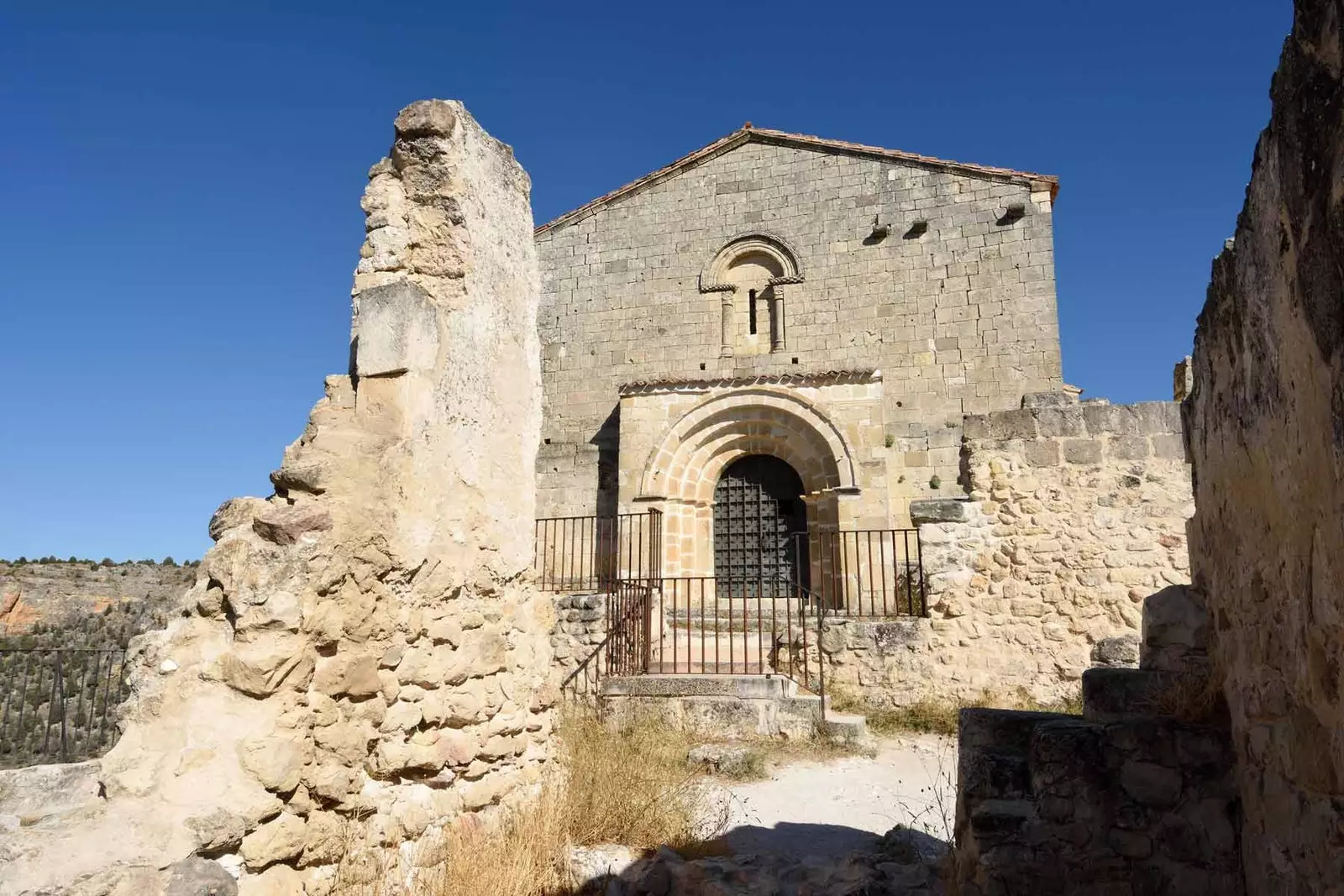
Hermitage of San Frutos, Hoces del Duraton
A BASQUE PAINTER IN CASTILE
stone can boast of being one of the best preserved medieval towns in all of Castile. Not surprisingly, it has its arcades, its walls and its corresponding castle protecting everything.
What is completely unexpected is that this bastion was the fulfilled dream of Ignacio Zuloaga, the great Basque portrait and costumbrist, who since he visited the Duero plains had been infatuated with living in a land with which he had fallen in love.
His dream came true when he acquired this castle in 1925, a rare purchase that he made in order to be able to paint in peace. Today it houses a museum that delves into his work, into his relationship with this region and that shows some jewels from his private collection such as a portrait painted by Goya or a Christ by El Greco.
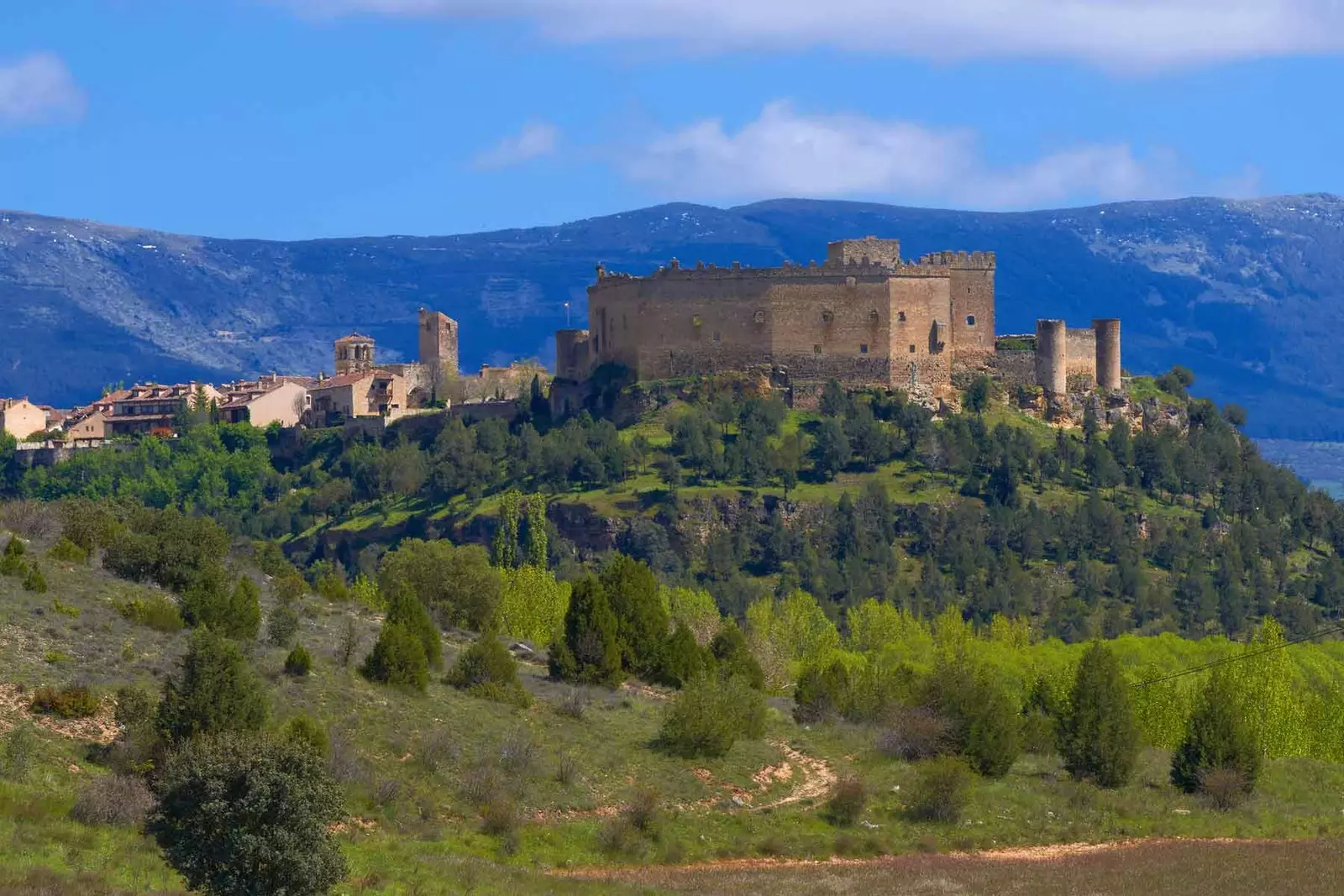
Pedraza Castle, converted into the Ignacio Zuloaga Museum
THE VILLAGE THAT ENDS IN THE PRADO MUSEUM
Another of the essential medieval villages is Maderuelo, a town that has preserved its walls, churches, squares and streets unaltered, only slightly evolved. Today it is a paradise for rural tourism because it mixes a brilliant past and an epic setting, right in one of the ravines of the Riaza river already trapped in swamp.
It was precisely the construction of this reservoir in 1947 which forced the spectacular Romanesque paintings of the Hermitage of Vera Cruz were transferred to Prado Museum of Madrid, proposing to the people of Madrid a round trip that has to end in the first rooms of the great art gallery of the city.
Only being in these two coordinates that belong to the same place can you fully enjoy the greatness of this small Segovian Sistine Chapel in exile.
